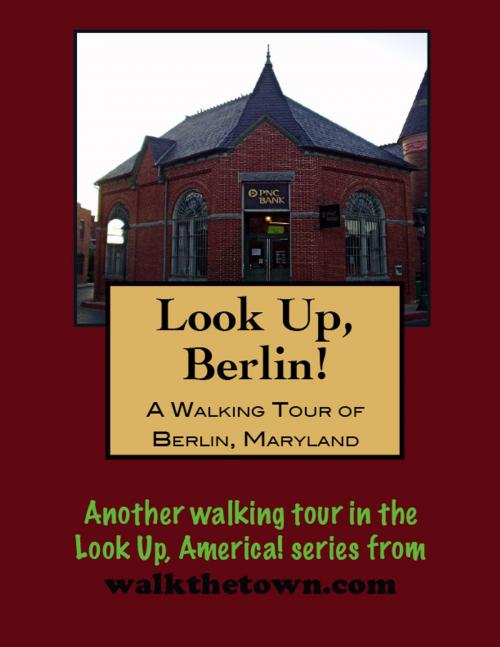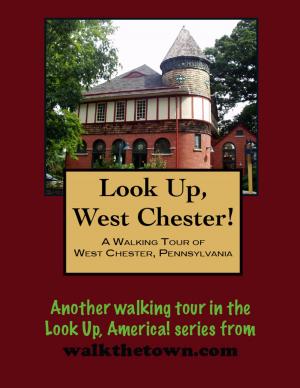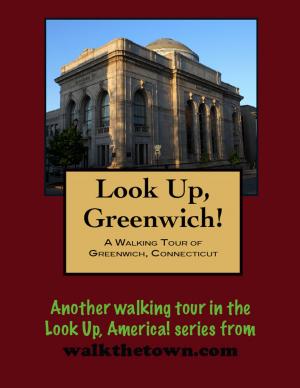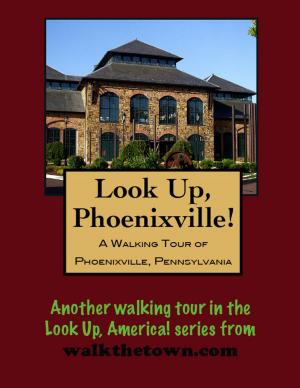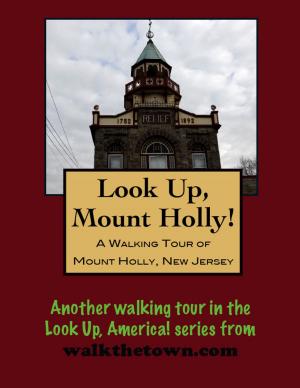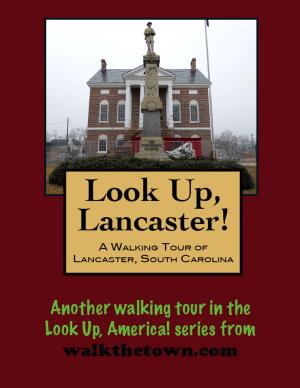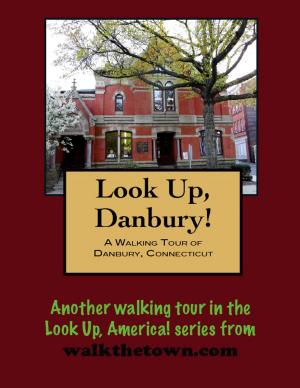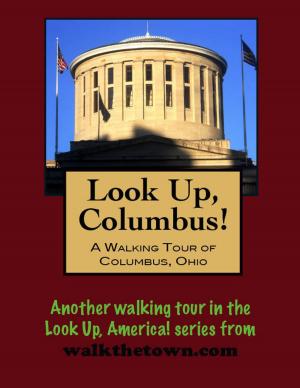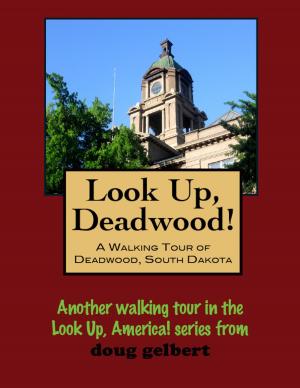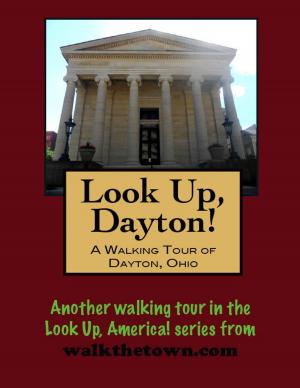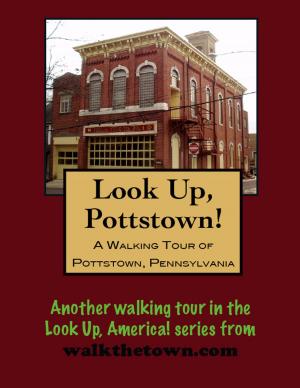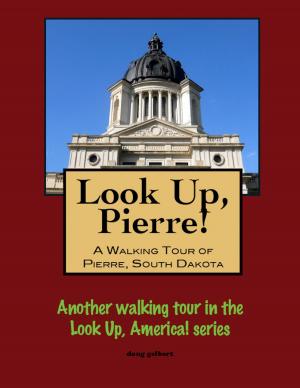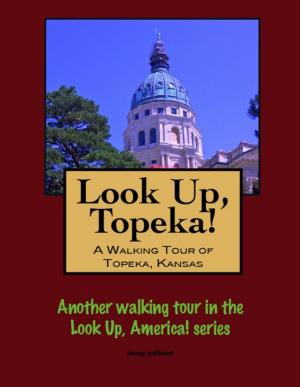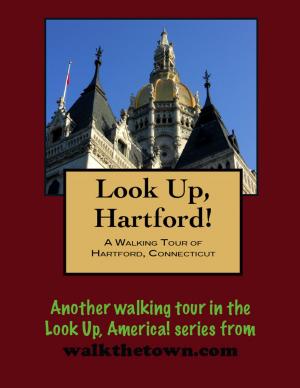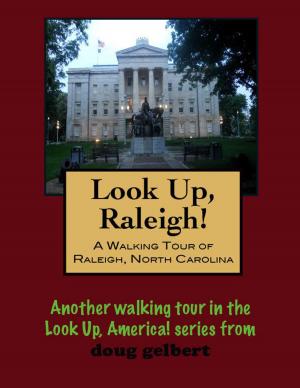| Author: | Doug Gelbert | ISBN: | 9781458174864 |
| Publisher: | Doug Gelbert | Publication: | March 3, 2011 |
| Imprint: | Smashwords Edition | Language: | English |
| Author: | Doug Gelbert |
| ISBN: | 9781458174864 |
| Publisher: | Doug Gelbert |
| Publication: | March 3, 2011 |
| Imprint: | Smashwords Edition |
| Language: | English |
There is no better way to see America than on foot. And there is no better way to appreciate what you are looking at than with a walking tour. This walking tour of Berlin, Maryland is ready to explore when you are. Each walking tour describes historical, architectural landmarks, cultural sites and ecclesiastic touchstones and provides step-by-step directions.
Every tour also includes a quick primer on identifying architectural styles seen on American streets.
From its early beginnings in the late 1700s as part of the Burley Plantation, a 300-acre land grant dating back to 1677, Berlin was and remains an important place in the history of the Eastern Shore of Maryland. The actual town was incorporated in 1868. At the time, Berlin boasted at least 12 stores and numerous light industrial businesses in industries such as milling, nurseries, lumber, orchards, brick-making and coal.
Agriculture and farming, however, were the mainstays of the economy. Located on the crossroads of two railroad lines, the town was perfectly suited to ship manufactured and agricultural products to metropolitan areas. The Wicomico and Pocomoke Railroad, later to become the Baltimore, Chesapeake and Atlantic Railroad, connected Berlin to Salisbury and Ocean City. The Pennsylvania line intersected the town in a north-south direction.
Because of the rail lines, Berlin became one of the state’s leading shippers of strawberries, Harrison’s Nurseries became a world-leading supplier of fruit trees, shipping millions annually, and the brick factory, milling company and outlying farms were able to ship their products to distant markets. All of this made Berlin a viable economic center. Visitors from the urban areas west of the Chesapeake Bay also stopped in Berlin on their way to the new seaside resort, Ocean City. Today, many lovely old homes can be found on the railroad embankments.
The present-day streetscape contains few vestiges of that heady time in Berlin. Three times within a decade - 1895, 1902 and 1904 - the town was reduced to rubble by fire. The rebuilt post-1905 town retains an authenticity that twice attracted Hollywood, first in 1998 for the feature film Runaway Bride, starring Julia Roberts and Richard Gere immediately followed by the memorable children’s film, Tuck Everlasting.
Our walking tour will start a few steps from the Town Center - and return three times - and see a number of those Hollywood filming sites along the way...
There is no better way to see America than on foot. And there is no better way to appreciate what you are looking at than with a walking tour. This walking tour of Berlin, Maryland is ready to explore when you are. Each walking tour describes historical, architectural landmarks, cultural sites and ecclesiastic touchstones and provides step-by-step directions.
Every tour also includes a quick primer on identifying architectural styles seen on American streets.
From its early beginnings in the late 1700s as part of the Burley Plantation, a 300-acre land grant dating back to 1677, Berlin was and remains an important place in the history of the Eastern Shore of Maryland. The actual town was incorporated in 1868. At the time, Berlin boasted at least 12 stores and numerous light industrial businesses in industries such as milling, nurseries, lumber, orchards, brick-making and coal.
Agriculture and farming, however, were the mainstays of the economy. Located on the crossroads of two railroad lines, the town was perfectly suited to ship manufactured and agricultural products to metropolitan areas. The Wicomico and Pocomoke Railroad, later to become the Baltimore, Chesapeake and Atlantic Railroad, connected Berlin to Salisbury and Ocean City. The Pennsylvania line intersected the town in a north-south direction.
Because of the rail lines, Berlin became one of the state’s leading shippers of strawberries, Harrison’s Nurseries became a world-leading supplier of fruit trees, shipping millions annually, and the brick factory, milling company and outlying farms were able to ship their products to distant markets. All of this made Berlin a viable economic center. Visitors from the urban areas west of the Chesapeake Bay also stopped in Berlin on their way to the new seaside resort, Ocean City. Today, many lovely old homes can be found on the railroad embankments.
The present-day streetscape contains few vestiges of that heady time in Berlin. Three times within a decade - 1895, 1902 and 1904 - the town was reduced to rubble by fire. The rebuilt post-1905 town retains an authenticity that twice attracted Hollywood, first in 1998 for the feature film Runaway Bride, starring Julia Roberts and Richard Gere immediately followed by the memorable children’s film, Tuck Everlasting.
Our walking tour will start a few steps from the Town Center - and return three times - and see a number of those Hollywood filming sites along the way...
